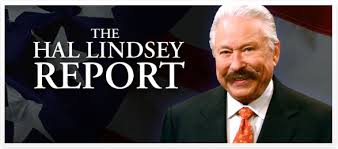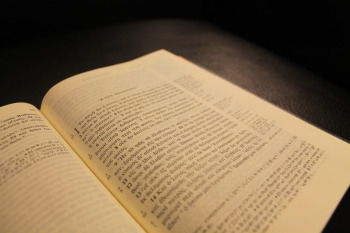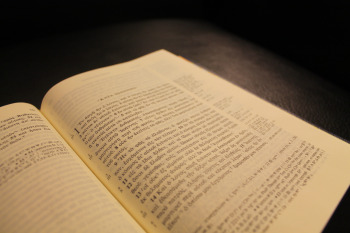

Earlier this month, the Mormon Church officially acknowledged what the most ardent of Mormons did not know (or refused to believe); that Joseph Smith had at least forty wives.
According to a recent article in the The New York Times (a once reputable and respected publication),
Mormon leaders have acknowledged for the first time that the church’s founder and prophet, Joseph Smith, portrayed in church materials as a loyal partner to his loving spouse Emma, took as many as 40 wives, some already married and one only 14 years old.
The church’s disclosures, in a series of essays online, are part of an effort to be transparent about its history at a time when church members are increasingly encountering disturbing claims about the faith on the Internet. Many Mormons, especially those with polygamous ancestors, say they were well aware that Smith’s successor, Brigham Young, practiced polygamy when he led the flock in Salt Lake City. But they did not know the full truth about Smith.
If those outside the church found this revelation as confirmation of what was self-evidently true (that Smith made up Mormon doctrine as he went along--as in the case of "plural" marriage), it came as a real shock to the Mormon faithful who are used to the idealized image and life story of the Joseph Smith portrayed in the painting above. One life-long Mormon was especially taken aback by the revelation that Smith had as many as 40 wives, including a young teenage girl.
“Joseph Smith was presented to me as a practically perfect prophet, and this is true for a lot of people,” said Emily Jensen, a blogger and editor in Farmington, Utah, who often writes about Mormon issues.
She said the reaction of some Mormons to the church’s disclosures resembled the five stages of grief in which the first stage is denial, and the second is anger. Members are saying on blogs and social media, “This is not the church I grew up with, this is not the Joseph Smith I love,” Ms. Jensen said.
What makes the revelation of Joseph Smith actually practicing what he preached (plural marriage) so problematic is not that he had multiple wives, or even that he married a teenager (as bad as that was), but that he was sealed to other men's wives for eternity. The shock is not plural marriage, but what amounts to perpetual and eternal adultery.
The essay on “plural marriage” in the early days of the Mormon movement in Ohio and Illinois says polygamy was commanded by God, revealed to Smith and accepted by him and his followers only very reluctantly. Abraham and other Old Testament patriarchs had multiple wives, and Smith preached that his church was the “restoration” of the early, true Christian church.
Most of Smith’s wives were between the ages of 20 and 40, the essay says, but he married Helen Mar Kimball, a daughter of two close friends, “several months before her 15th birthday.” A footnote says that according to “careful estimates,” Smith had 30 to 40 wives.
The biggest bombshell for some in the essays is that Smith married women who were already married, some to men who were Smith’s friends and followers.
The revelation of Smith's other-shore eternal philandering presents major problems for Mormons because Joseph Smith did the very thing which church doctrine promulgated under his tenure as God's "prophet, seer, and revelator," expressly prohibits.
There remains one way in which polygamy is still a part of Mormon belief: The church teaches that a man who was “sealed” in marriage to his wife in a temple ritual, then loses his wife to death or divorce, can be sealed to a second wife and would be married to both wives in the afterlife. However, women who have been divorced or widowed cannot be sealed to more than one man.
I think it was Donald Grey Barnhouse who once quipped that you can always tell a false religion invented by a man--there will be sex (usually lots of it) in the afterlife. In this case, Joseph Smith not only "sealed himself" to multiple maidens and widows, but also to other men's wives.
I wonder what the husbands of these wives would have done, had they known the prophet was ogling their wives with less than honorable intentions, and was actively scheming to prevent them from enjoying their own eternal marital pleasures by stealing their wives for himself.
 Thursday, November 27, 2014 at 07:22AM
Thursday, November 27, 2014 at 07:22AM  The Riddlebargers will celebrate Thanksgiving this year by attending Christ Reformed's annual Thanksgiving Service (led by Rev. Chris Coleman), and then we are off to my mother-in-law's house nearby for the traditional Thanksgiving fare.
The Riddlebargers will celebrate Thanksgiving this year by attending Christ Reformed's annual Thanksgiving Service (led by Rev. Chris Coleman), and then we are off to my mother-in-law's house nearby for the traditional Thanksgiving fare.








